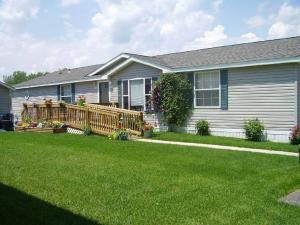Mobile home living has its perks, but it also comes with some unique issues. If you are experiencing your water pipes freezing for the first time since moving in, you might need to deal with this problem each year unless you find a permanent solution.
Why do we have to deal with mobile home frozen pipes?
The water pipes in a mobile home are usually underneath the unit itself. They are exposed to the colder air and damp ground. When the cold weather hits, you may get frozen water pipes.
Are Frozen Water Pipes a Major Problem?
Fortunately, the location of the mobile home pipes means that they are very accessible. No one has to break open your mobile home floors or walls.
In fact, if you are handy, it may even be possible to work on the exposed pipes without calling in a professional. This project could be one of the manufactured home maintenance tips that all owners must know.
How to Thaw Water Pipes Under Mobile Home
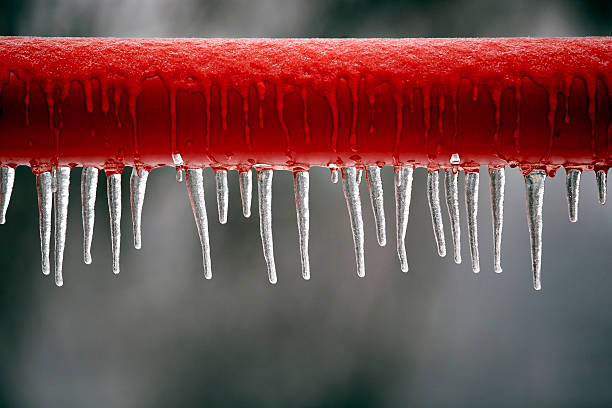
Are you experiencing frozen pipes under your mobile home? Do not let the cold air outside deprive you of your water supply!
If you are ready to learn how to thaw those mobile home pipes, take a look at the guidelines below:
1. Locating the Problem
When all your faucets stop producing water and there is cold air outside, you may assume at least one frozen pipe. Now, you have to locate the source of the issue within your plumbing system.
How to identify the frozen pipes in a mobile home is not a challenging task, though.
First of all, turn on all the faucets in your mobile home and check if they are all working or not. If none works, it means that the problem is probably within the main water line. This is where all the pipes congregate.
Signs of Frozen Pipes
If the bathroom faucets are working, but the kitchen faucets are not, the supply line under the kitchen is probably the issue.
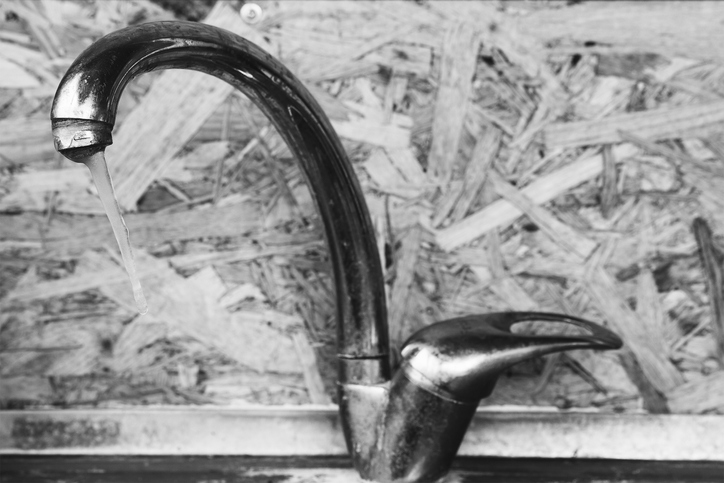
Once you locate the particular pipe with the problem, go there and look for any signs of frozen pipes. These include:
- Frost
- Unusual coloring
- An unusually cold part
- A less hollow sound when hit with something like a screwdriver (a solid sound means that the water is frozen inside)
Why We Need to Act Quickly
Of course, it is best to prevent frozen pipes if at all possible. If water pipes freeze, they can rupture and crack. Ice expands, so the issue will only get worse if you don’t take action quickly.
You also do not want to buy a mobile home with damaged pipes. Inspecting the water line and all the pipes should be among the main things to look for when buying a manufactured home.
If the frozen pipes issue is too severe, call a professional. However, you can also read up on how to thaw frozen pipes on your own before things get out of hand.
2. Try to Thaw the Pipes
Though mobile home water pipes tend to freeze regularly, you can thaw them out quite easily. In fact, you may already have the equipment necessary to thaw those frozen pipes right away. Here is how to start:
Turn the Faucets On
Before you start thawing frozen pipes, turn on all the faucets in your mobile home. This will help to relieve some pressure from the ice. Once you start thawing the mobile home frozen pipes, the open faucets will also help to break the ice apart and make the process easier.
Warm the Frozen Pipes
The next step in thawing frozen pipes may consist of different methods, depending on what you have at the moment. Check out these methods and see what seems most convenient:
- Use a hair dryer: A hair dryer is among the most popular methods for thawing a frozen pipe. Just turn it on and hover it near the frozen pipes in a mobile home.
- Heat gun: Use the heat gun on a frozen pipe in the same way as a hair dryer. However, keep in mind that a heat gun might be a fire hazard.
- Space heater: Not everyone has a heat gun lying around, but space heaters are pretty common for those living in cold areas. If you have one, place it near the frozen pipes to thaw them out. A small battery-operated space heater will be best, as it won’t need an outlet and can fit better next to the freezing pipes.
- Heat lamp: Again, this device takes up space and may not always fit by your frozen pipes. Too much heat can cause damage to the pipes, so be careful with such devices.
- Warm towels: You can also wrap pipes with warm towels in an effort to thaw them out. This method requires some effort, though, as you have to dip the towels in warm water or hot water and wring them out. You also have to replace them after 5-10 minutes for the most effective result.
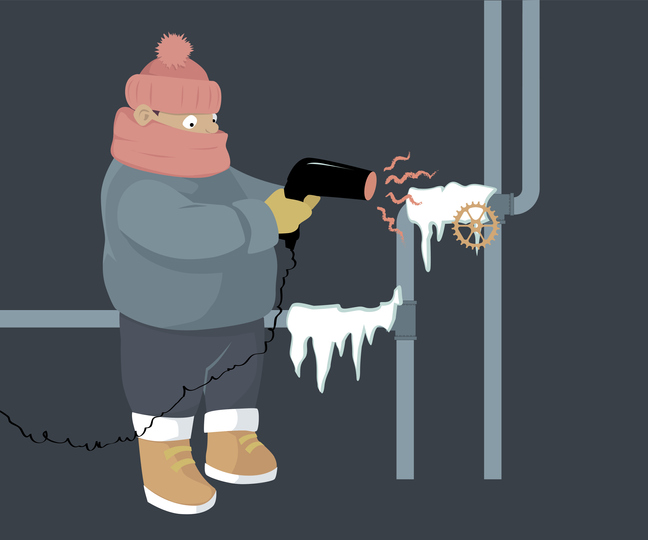
Avoid Pipe Damage
Hair dryers or heat guns might melt or damage PVC pipes. Make sure that their heating elements are set to a low setting and measure the temperature, if possible. For other pipe materials, check the melting points and adjust the heat settings accordingly.
You have to be especially careful with plastic pipes, or the damage could be irreparable. This could result in major construction projects, such as replacing the whole central heating system.
Damaged pipes will also result in water damage, which could ruin a mobile home’s subfloor first of all. If this has already happened, you may also want to read up on how to replace a mobile home subfloor.
3. Pouring Salt
If the heat gun, hair dryer, space heater, or other methods don’t work on thawing the water line, try salt. This method involves pouring salt down the drain in the sink.
Salt will lower the ice’s melting point, but don’t use too much at a time. Just pour one tablespoon into the sink and wait a while. It takes some time to unfreeze pipes, so be patient.
4. Check the Skirting and Underlayment for Any Holes
While there may be several reasons why your pipes froze in a mobile home, the skirting could be the main culprit. If there is a hole in that area, it will be letting out warm air and letting in the cold.
Thoroughly inspect the mobile home skirting for any signs of damage. If you find any, work on them before or immediately after you deal with that frozen pipe or pipes.
Checking the Underlayment
After the skirting, you need to make sure that the mobile home underlayment is completely secure. The underlayment is located on the bottom of the mobile home; it is a sort of barrier that is made of plastic. Its main purpose is to prevent water damage, pests, and other threats to your peace of mind.
Another role of the underlayment is to insulate your water pipe system on the underside as well. Again, you need to make sure that there is no damage to this area.
5. Make the Interior Warmer
Since the pipes in a mobile home are usually on the underside, turning up the thermostat inside won’t always help to thaw them. However, it may assist in enhancing the heating process to unfreeze pipes in a mobile home.
Put the interior temperature at about 75 to 80 degrees Fahrenheit. Open your interior doors and let the air circulate throughout the whole mobile home.
You can also save on energy costs by looking up how to add insulation to a mobile home. These steps could help to keep the main water line warm and unfreeze pipes during the winter.
6. What NOT to Do
When it comes to working on frozen pipes, you should also know what methods are useless or downright dangerous. For instance, using an open flame is not safe for thawing frozen pipes.
The same goes for a propane heater, a kerosene heater, lighter, or blow torch. Using any of these is a fire hazard in any case; they will also destroy the pipes and possibly the water heating room.
7. Take Steps to Prevent Frozen Pipes in Your Mobile Home
Prevention is always better than the cure, so it makes sense to prevent frozen pipes in the first place. Taking such steps as soon as possible is also one of the best tips for moving into a mobile home during winter.
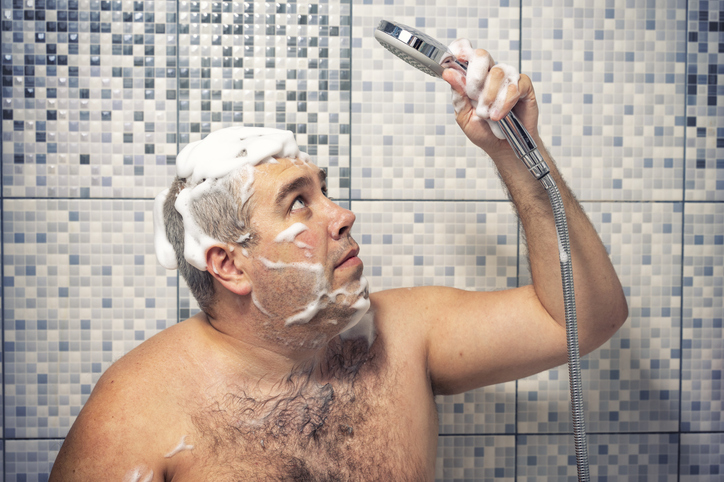
Again, there are a few designated methods that can help us prevent such issues safely and easily. Let’s take a look at these now:
Invest in Some Heat Tape
Using heat tape is probably the most popular prevention method for frozen pipes. If you have not used heat tape before, be aware that it looks more like a cord or cable than a regular tape.
Heat tape has an electrical wire casing, which means that we can wrap it around both plastic and metal pipes. This method will regulate the pipes’ temperature when the weather is cold. However, the heat tape will require an outlet nearby to keep warming up the pipes.
Insulate the Pipes
If the winters in your area are not too harsh, consider insulating the pipes. The insulation material for this project may include foam, spiral-wrap, fiberglass, and many others.
With insulation, we may hope to slow down the heat transfer between the pipes and the air outside. You can also use insulation tape and wrap it around the pipes. The layers need to be even with no thin spots. The simulation will greatly lower the chances of your water pipes freezing during bouts of cold weather.
All of these steps are ways to winterize your mobile home. Consider them and take action before the next winter rolls around.
Heat Tape for Hard Winters
For areas with very cold winters, investing in new heat tape is your best option. As long as you have working heat tape, your pipes are unlikely to freeze at all.
Leave the Faucets On
Not at full blast, but leaving your taps on just a smidge during the night could help to prevent freezing. Since it releases pressure on the pipes, it might break up any ice and prevent a complete blockage.
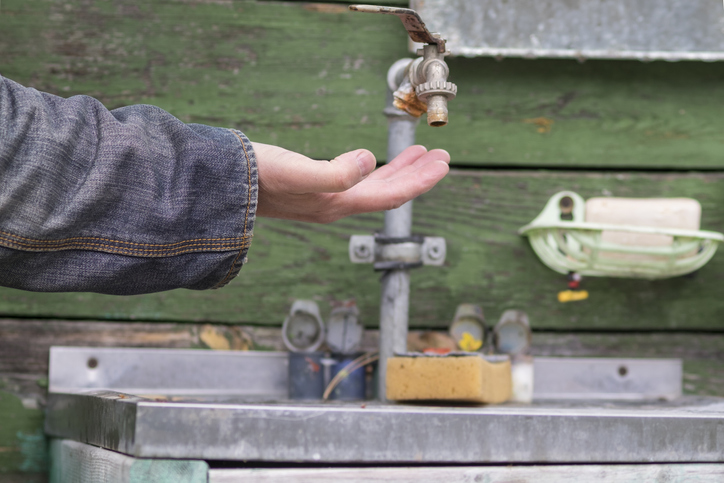
The Takeaway
Repairing or replacing the water pipe system on a mobile home is difficult and costly work. This is why you need to stay alert and make sure that the cold weather is not freezing your water pipes. A little bit of care right now can save you a lot of money and hassle in the future.
Whether you are thinking about thawing out your frozen water heater room or working on a certain pipe, it is essential to take steps right away. If winter is just around the corner or already here, start your inspection and see how you can thaw frozen pipes if the need arises.



